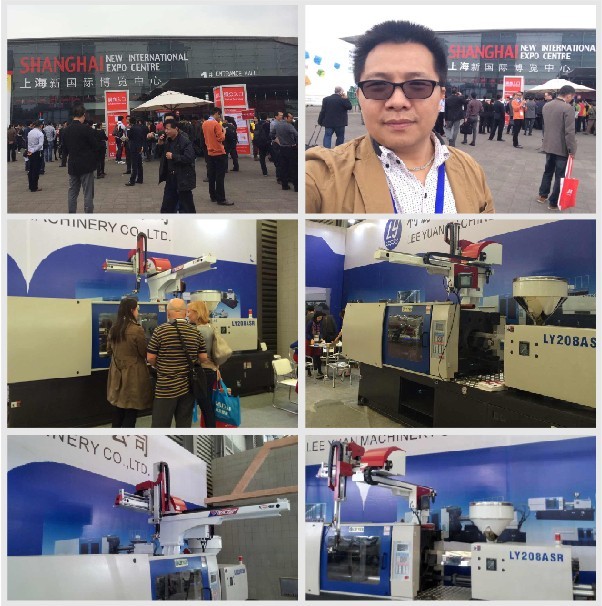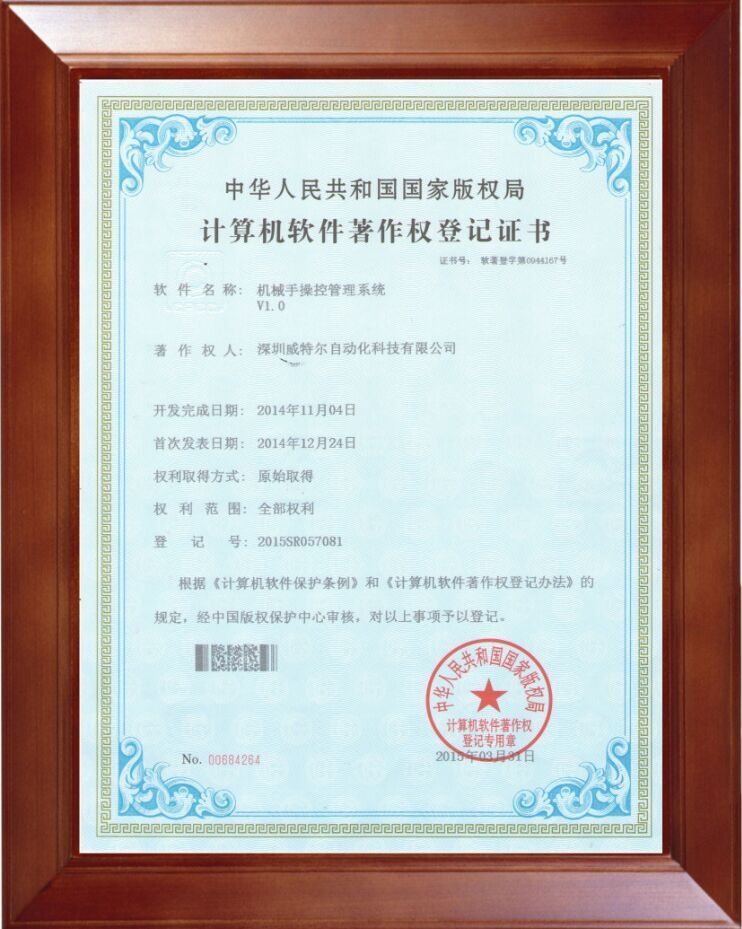

News
Robot replacement for labor is the direction of industrial upgrading
Release time:
2019/03/14
The industrial revolution has turned people into machines, and the robot industry will liberate mankind.
In 2014, an important trend in the robotics industry was not only to accelerate the transformation and upgrading of traditional industries, but also to advance the people's livelihood. Since the implementation of the “Twelfth Five-Year Plan”, the Chinese robot industry has entered a 10-year golden development period. In 2014, it will continue to maintain such a momentum of development, and the application industry and field expansion will also accelerate.
In the field of people's livelihood, there is more space in the future in terms of services, serving families and serving medical care. For example: serving China's old-age help and disability business. China has 200 million elderly people and 80 million disabled people. This has put forward the requirements for rapid transformation and upgrading of the robot industry and provided development opportunities.
As far as the transformation and upgrading trend of traditional industries is concerned, for the production enterprises, the combination of digitalization, intelligence and automation has become the development direction of the world. As a representative of high-end intelligent manufacturing, the robot industry is a powerful weapon for armed “Made in China” and promoting the transformation and upgrading of China's industry. Recently, the "re-industrialization" of the United States and the "new industrial revolution" of the European Union are essentially developing high-end manufacturing technologies such as robotics and intelligent manufacturing, and occupying a new round of high-tech and industrial competition.
Robots are replacing the "three-in-one" combination of manual digitization, intelligence and automation. In fact, they have been widely used in some large enterprises in developed countries. They are constantly building digital intelligent manufacturing unmanned workshops. In China, military enterprises and large state-owned enterprises have begun to establish such large-scale digital production workshops. Although affected by the lag effect of the global financial crisis, companies will be more cautious to launch such large-scale projects, but the general direction of improving the production efficiency and the replacement of labor by machine technicians will not change. The market influence of domestic brands of self-owned brands continues to increase.
Of course, there are also many challenges. For example, in the field of robotics, there are few excellent domestic parts manufacturers, the robot industry chain is imperfect, and the competition with well-known foreign robot companies is becoming increasingly fierce.
The reform brought enterprise opportunities: The "Decision" adopted by the Third Plenary Session of the 18th CPC emphasized: "Strengthen the main position of enterprises in technological innovation, give play to the role of large-scale enterprise innovation, and stimulate the innovation vitality of small and medium-sized enterprises."
This is undoubtedly a huge historical opportunity for Wittel, a company based entirely on independent core technologies. Moreover, it is believed that under the background of further deepening reforms, China's economy will surely generate new vitality and will certainly bring a new round of growth to the industrial robot market.
Related news
2019-03-14
2019-03-14





![[Pu Daxi Ben] - Weitel Robot Project won 600,000 yuan from Shenzhen Science and Technology Commission [Pu Daxi Ben] - Weitel Robot Project won 600,000 yuan from Shenzhen Science and Technology Commission](https://omo-oss-image.thefastimg.com/portal-saas/new2023041417545479371/cms/image/4f67a616-22b8-4e42-80fb-0188250e15d4.png)



